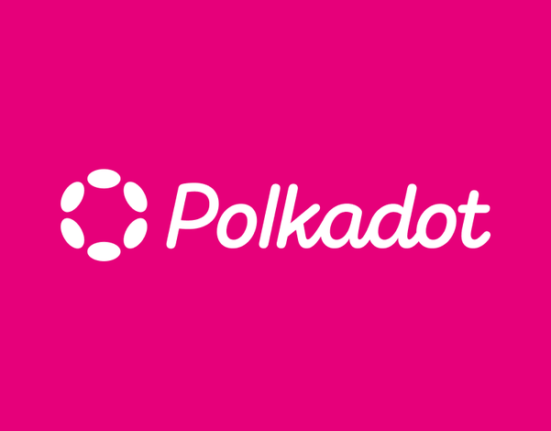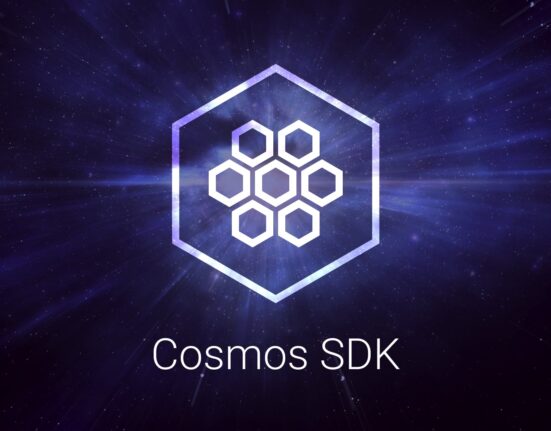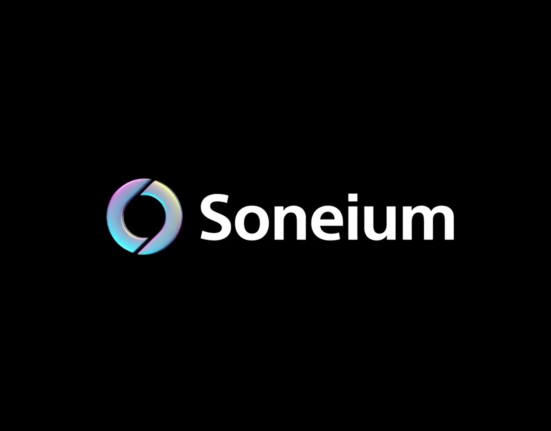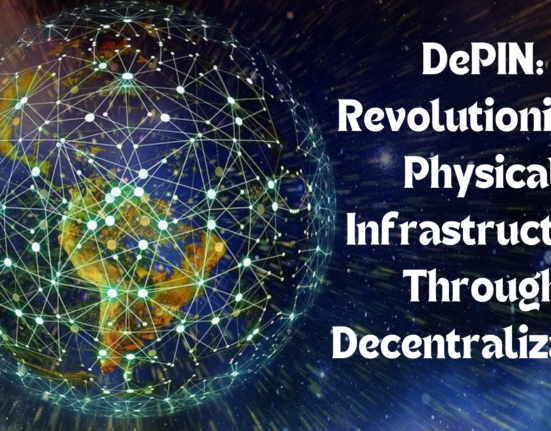In the past 2-3 months we have seen at least a dozen projects announcing their node sales. Be it, DePIN, AI, or Gaming, everyone is in the race. But what kind of nodes are these that need to be sold separately, why even do projects doing that, what does it take to make a node sale, what do node sales as a service platforms provide?
Let’s see all of it in the article..
Contents
- 1 What kind of Nodes are getting sold?
- 2 Why Node Sales are Important For Decentralization?
- 3 Why do you need a Node Sales -as-a-Service here?
- 4 How Does Node Sales As a Service Work?
- 5 Some of the Successful Node Sale Implementation
- 6 Is the node sale only about Optimistic rollup? Nothing for ZKs?
- 7 Let’s wrap:
What kind of Nodes are getting sold?
Node Sales is a new model in the blockchain space to raise funds as well as decentralize the network by selling a special kind of nodes directly to the community.
Projects that are launching Optimistic rollup chains majorly did it with checker/verifier/Sentinel Node selling. The rationale behind this node sale is adding more eyes to the blockchain which can look after the transactions and identify frauds if any attempts are made. This is useful because Optimistic rollups assume transactions are valid until someone raises concern and only approved validators as of now were able to do so. With these Sentinel/Checker nodes now thousands of network participants can see and flag transactions and in return receive rewards for their job. That’s a win-win on both sides.
Why Node Sales are Important For Decentralization?
In the erstwhile setup, everyone knew about staking and its associated rewards. For example, some of the networks like ETH, Solana, and Aptos gave as high as 6% to 7% returns to safeguard the network, which are even higher than interest rates that banks provide on saving. However, in pursuit of protecting the network, they exposed another key barrier, which is the infrastructure challenge to participate.
Node Sale-as-a-Service or Node S-a-aS is resolving the same through a low ticket participation where the community with as low as $500 can participate in securing the rollup ecosystem and they do not need a high-end infrastructure to host their sentry/checker nodes. As they need a light client just, with no need to download the whole chain’s data. . In this way, not only it is allowing greater participation but also providing an added layer of security and decentralization to the Rollups chains, where they can use the Node Sale to setup a verifier node system and open the bid for checker/sentry nodes for their rollup chains to not just secure the network but even raise significant capital in the process. Hence, Node Sales are making the rollup ecosystem much more decentralized, secure, and a good revenue-generating medium at the same time.
Why do you need a Node Sales -as-a-Service here?
Node Sale Infrastructure-a-Service involves a blockchain infrastructure provider who would look after the node sales and make it simpler for participants and companies launching the node sales.
Why do you need them? Because a blockchain on the protocol level don’t have this additional node component. They have RPC nodes, validators, but Checker/ Sentinel nodes are something of an external addition for better network security and modular rollup chains can do it. This node sale infrastructure as a service platform builds a node client software that enables projects to sell the licenses to their community and also manage them easily.
How Does Node Sales As a Service Work?
We can describe the entire thing into a 3 steps process.
- Set up & integration:
Deploy your Rollup with a Rollups-as-a-Service platform that supports the node sale. They give you the stacks to deploy rollups in minutes.
If you already have a running chain and want to do the node sale just, this is also doable and the first step will be integrating your chain with the platform.
- Get Your Node Client Software Ready:
The Node sale infrastructure as a service platform will give you the light node client software that is a must to manage the node license selling.
This dApp and node client software will include required smart contracts, referral mechanism, reselling options, reward management, participants eligibility, and more.
Once this is ready, your infra part is done.
- Sale the Nodes:
Now it’s time go and market the node sales. Many people take many routes here. For example, you can go to a launchpad like Seedify/ Impossible Finance and similar to do the node sales just like people do IDOs. You can decide on the tiers, prices and other parameters.
Other options could be, there are many community VCs that you might approach and sell through their network. This could be helpful if you have any community VCs on your cap table.
KOLs could be another choices. On specific discounts, they too participate and promote.
Some of the Successful Node Sale Implementation
- Aethir: Aethir is one of the most successful Node Sale-as-a-Service implementations that happened recently. The protocol was able to sell as many as 70,000 checker/sentry nodes, raising 29,000 ETH and completely decentralizing their ecosystem.
- XAI: XAI is not far behind selling as high as 50,000 nodes in December 2023 and raising significant capital in the process.
Is the node sale only about Optimistic rollup? Nothing for ZKs?
Selling nodes for the same reason for your ZK chain is also possible. But instead of Sentinel nodes, they will be DA nodes and you will decentralize your data availability. You need to add a delegation layer with your DA layer and you are good to go.
But again, this is something not natively supported on the rollup’s architecture level. Hence, you will need a RaaS provider who can make that for you.
Let’s wrap:
As we know that the Web 3 space is vastly progressing and only smarter innovations safeguarding the ethos of blockchain can ensure its sustainable run. Concepts like Node Sale-as-a-Service not only protects the network but also mitigate the risk of selling network tokens before the TGEs event because these tokens are vested on the nodes for as low as over 6 months to 1 years, which significantly stabilize the market for the future ahead.

Raksha, a seasoned journalist, specializes in crafting insightful narratives on blockchain and AI developments. With a keen eye for innovation, she distills complex topics into accessible stories, providing readers with a clear understanding of the dynamic intersection between these transformative technologies.







